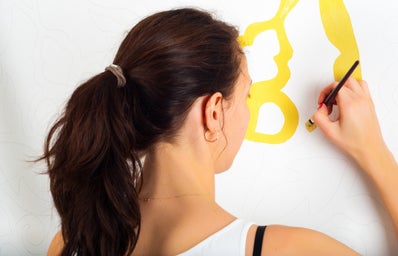Last year, there was a beauty hack that was going around the internet for a DIY blackhead removing mask. I’ve only recently gotten into learning more about skincare and stumbled upon this easy-to-make mask. The only masks I’ve ever tried were the ones that we received in our Her Campus Survival Kits in the past year, so I decided to whip up my own to try out.
The mask only requires 2 ingredients: activated charcoal and school glue. I had a bottle of glue laying around the house and found some activated charcoal pills at my local GNC. You also need a container to put these two in and a brush to do the mixing.
Step 1: Combine both ingredients into the container and mix using the brush. You’ll want to use around 3-4 tablets (just pull these open) and then about 2 tablespoons of glue.
Step 2: Apply mask all over face OR on problem areas/your T zone and nose. The most common area to develop blackheads is around the nose, so that’s where you really want to focus the mask on. Make sure to layer it on thick that way it will easily peel off after in a solid mask. Avoid anywhere where there is hair and avoid getting anything in your eyes.
Step 3: Wait around 30 minutes until the mask is COMPLETELY DRY. It will change from shiny to matte when it dries. Take these 30 minutes to watch a quick show on Netflix, clean up your room, do some homework; anything that does not cause you to move your face is a good activity to pass the time.
Step 4: Peel off the mask from the bottom up. Start from your chin and peel upwards until you get the entire mask off. Then stare at the inside of the mask and observe all of the gross things that were just extracted from your pores! Warning: it does hurt when peeling off the mask, but the pain is definitely bearable.
Step 5: If there is any extra mask on your face, take a damp and warm towel to remove the excess easily.
My final rating: Ehh, it’s aight.
This mask did remove some impurities from my skin, as shown in the pictures, but it left my skin pretty red afterwards for a good while. I didn’t see the insane amount of gunk extracted like in the pictures online. I also felt some pain once it was off, but that could just be because it is a pretty harsh mask to use. The upside is that it was very easy to make and it left my skin feeling incredibly soft afterwards. This definitely won’t be something I’m itching to do every week, but maybe once a month or so is fine!

